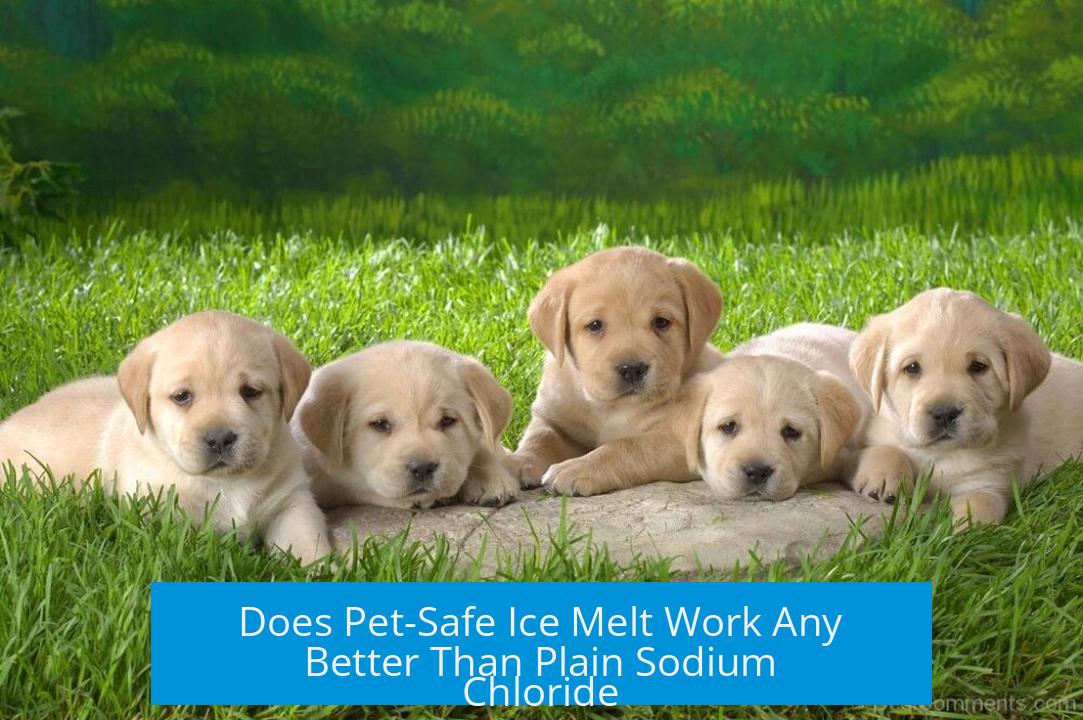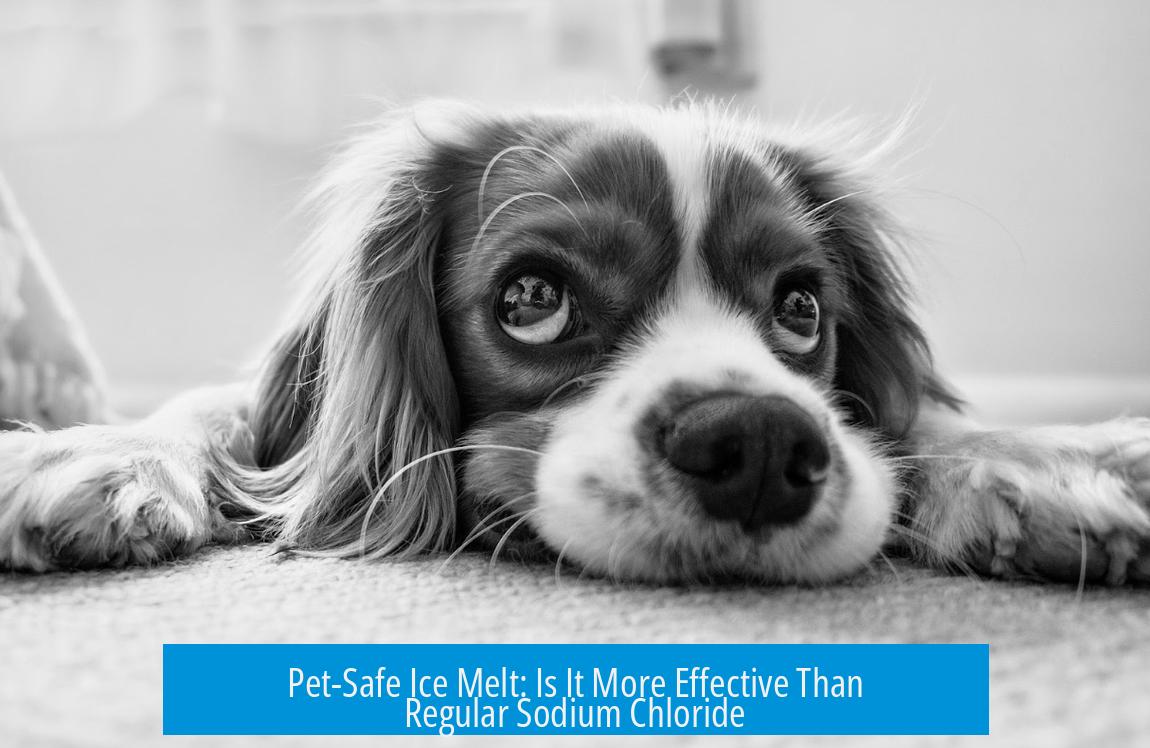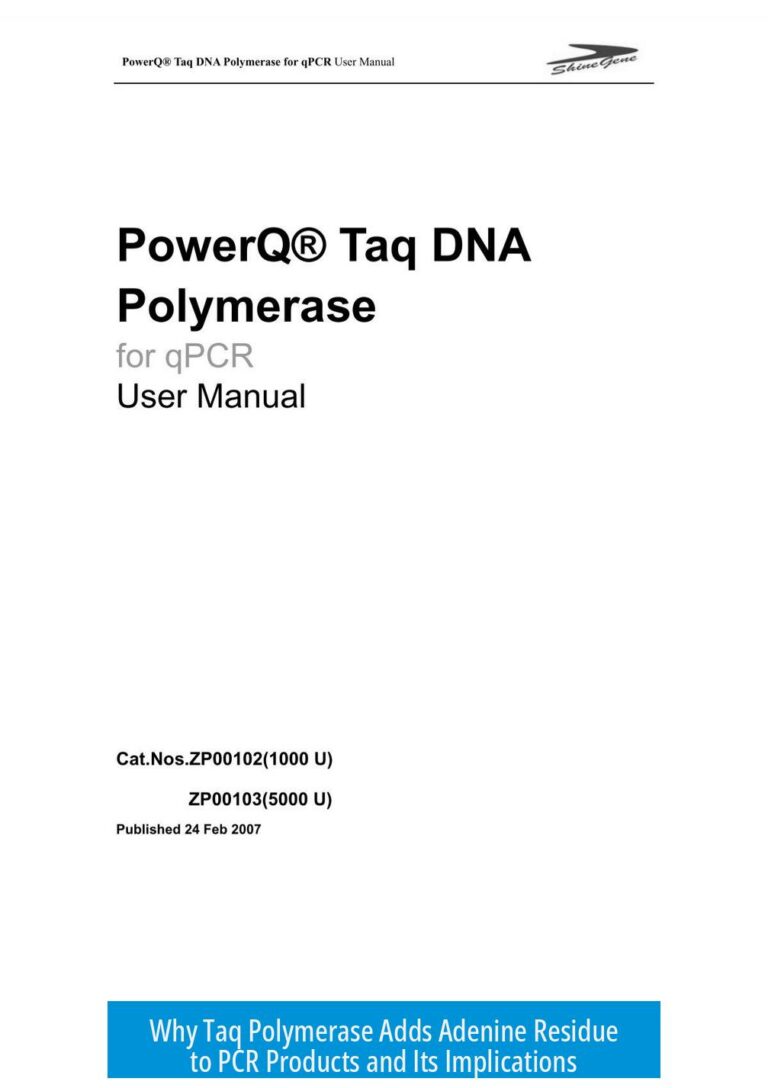Does Pet-Safe Ice Melt Work Any Better Than Plain Sodium Chloride?

Pet-safe ice melts, often based on calcium and magnesium salts, generally melt ice more effectively than plain sodium chloride while reducing toxicity risks to pets. However, the main factor in how well ice melts depends on salt concentration, not the specific type of salt itself. The safety benefits for pets include lower toxicity and reduced paw injuries.
Effectiveness of Pet-Safe Ice Melts
Pet-safe ice melt products often use a combination of calcium and magnesium salts rather than just sodium chloride.
- Calcium and magnesium salts lower freezing points effectively and melt ice faster than sodium chloride alone.
- The melting ability results mainly from how much dissolved salt is present, a colligative property called freezing point depression.
- The chemical identity of the salt cation does not directly influence freezing point depression, only the salt concentration matters.
- Some pet-safe products avoid chlorides altogether, but there is limited data comparing their ice melting power to sodium chloride.
Safety Advantages of Pet-Safe Ice Melts

Beyond melting effectiveness, pet-safe ice melts offer important protections for pets.
- Calcium and magnesium salts are less toxic if ingested by pets, reducing health risks compared to sodium chloride.
- Many pet-safe ice melts use rounded pellets that avoid sharp edges, preventing cuts or irritation to animal paws.
- Pet safety also comes from pellets designed not to get stuck between toes, minimizing discomfort during winter walks.
- Some concerns around toxicity relate mostly to ingestion, while physical paw protection is key to pet comfort.
Considerations and Limitations
While pet-safe ice melts have clear benefits:
- Effectiveness depends on application rate and temperature, as all salts lose potency in extreme cold.
- Chloride-free pet-safe options exist but lack well-documented comparisons with sodium chloride in melting speed and longevity.
- Even pet-safe salts should be used as directed to minimize environmental and pet safety impacts.
Key Takeaways
- Pet-safe ice melts with calcium and magnesium salts melt ice more effectively and safely than plain sodium chloride.
- Freezing point depression depends on salt concentration, not salt type.
- Rounded pellets in pet-safe products reduce paw injuries.
- Less toxicity to pets is a major safety advantage.
- Some chloride-free formulas require more research on efficacy.
Does pet-safe ice melt melt ice faster than plain sodium chloride?
Yes, pet-safe ice melts often contain calcium and magnesium salts, which can melt ice more effectively than plain sodium chloride. The combination of these salts improves melting in lower temperatures.
Are pet-safe ice melts less toxic to animals than sodium chloride?
Calcium and magnesium salts used in pet-safe melts are less toxic to pets than sodium chloride. This lowers health risks if pets come into contact with or ingest the ice melt.
Do pet-safe ice melt pellets prevent paw injuries better than sodium chloride?
Yes. Pet-safe ice melts typically have rounded pellets. This design reduces the chance of sharp edges that can cut or irritate pets’ paws, unlike some sodium chloride products.
Does the type of salt impact how well ice melt lowers the freezing point?
The specific salt does not largely affect freezing point depression. It’s mainly the concentration of dissolved salt that determines effectiveness, not the type of cation involved.
Are chloride-free pet-safe ice melts proven safer or more effective than sodium chloride?
Some pet-safe ice melts avoid chlorides completely, but their effectiveness and safety compared to sodium chloride remain unclear. More data is needed to confirm their performance.





Leave a Comment